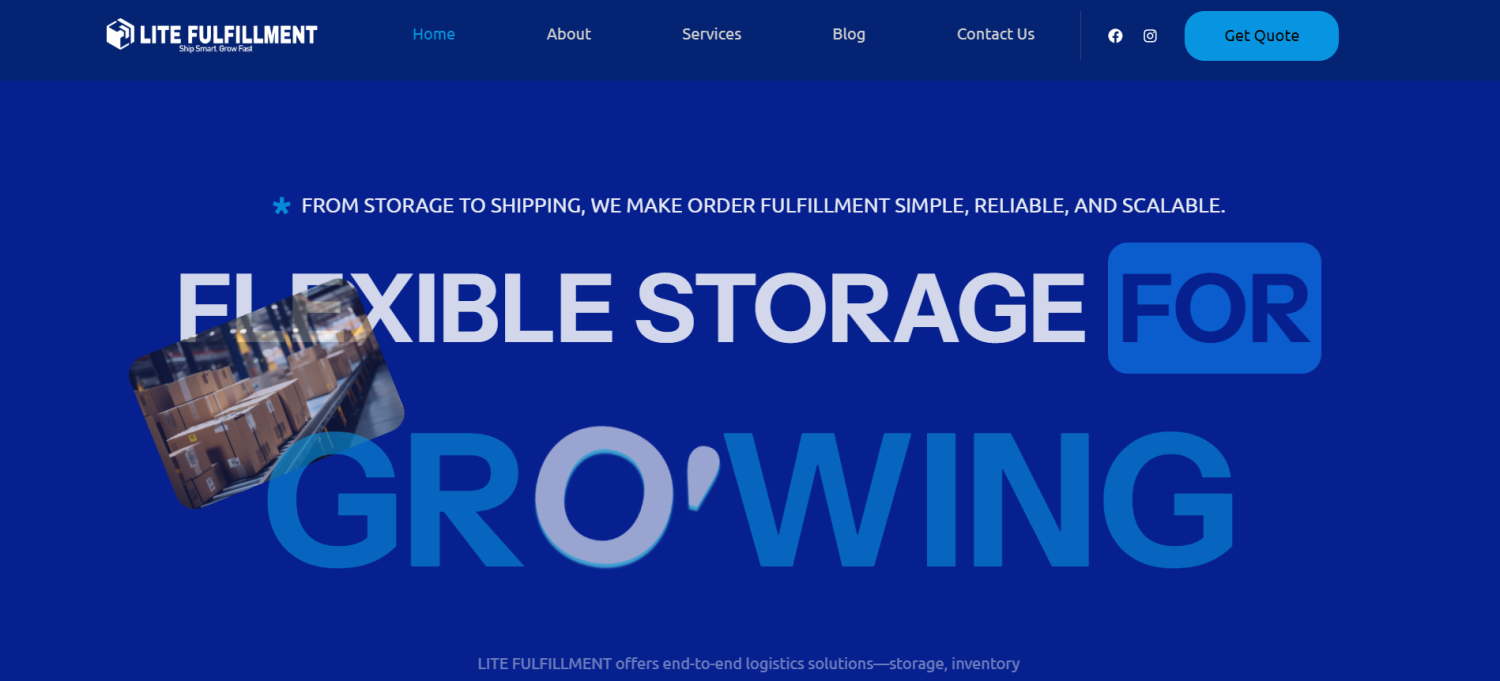Navigating the world of e-commerce can be both exciting and challenging, and Amazon remains at the forefront of global online marketplaces. One of the critical steps in ensuring success on Amazon is understanding and executing Amazon FBA Prep effectively. FBA, or Fulfillment by Amazon, allows sellers to store products in Amazon’s fulfillment centers, where Amazon manages storage, packing, shipping, and customer service. While FBA simplifies many aspects of selling, the preparation process requires careful planning and execution to meet Amazon’s strict guidelines.
Amazon FBA Prep involves a series of steps to ensure that your products arrive at Amazon warehouses ready for fulfillment. This includes proper labeling, packaging, and inspection. Without proper prep, products can be rejected or incur unexpected fees, which can impact profitability and overall business performance. Sellers need to approach FBA Prep with an organized strategy, understanding each requirement and aligning it with their product types and categories.
The first crucial step in FBA Prep is understanding Amazon’s packaging and labeling requirements. Every product sent to an Amazon fulfillment center must comply with Amazon’s standards for barcodes, product labeling, and shipment packaging. Barcodes, often in the form of FNSKU labels, uniquely identify each product for tracking purposes. Mislabeling or using the wrong barcode format can result in inventory delays or misplacement, disrupting sales flow. Ensuring each product is clearly labeled and scannable is essential for seamless integration into Amazon’s logistics system.
Packaging is another fundamental aspect of FBA Prep. Amazon has strict packaging rules to protect products during transit and storage. Products must be securely packaged to prevent damage, especially for fragile or perishable items. Sellers often use poly bags, bubble wrap, or boxes depending on the product type. Additionally, certain items require preparation such as bagging, bubble wrapping, or taping to meet FBA requirements. Following these guidelines reduces the risk of returns, customer complaints, or additional prep fees from Amazon.
Beyond labeling and packaging, accurate product documentation and shipment planning are vital components of Amazon FBA Prep. Sellers must create and manage shipment plans in their Amazon Seller Central account, detailing quantities, shipment methods, and destination fulfillment centers. Proper planning ensures that inventory reaches the correct warehouses without delays and aligns with Amazon’s distribution strategy. Mismanagement in this step can lead to inventory split across multiple centers, increasing shipping costs and complicating inventory management.
Inspection and quality control are integral to successful FBA Prep. Ensuring that each product meets the expected quality standards protects seller reputation and reduces the risk of returns or negative reviews. Some sellers choose to inspect products in-house, while others outsource this step to professional prep centers. Third-party prep services can handle labeling, packaging, inspection, and even storage until shipment. This outsourcing option can save time and reduce errors, allowing sellers to focus on scaling their business and managing other operational aspects.
Efficiency in Amazon FBA Prep can significantly influence overall business performance. Time management and process optimization are key. Sellers often develop standardized procedures for each product category, ensuring consistency across shipments. Utilizing technology such as inventory management software can further streamline prep operations, track shipments, and monitor inventory levels. These tools provide sellers with real-time insights into stock status, helping to prevent stockouts and maintain steady sales.
Understanding Amazon’s FBA prep guidelines also means being aware of prohibited items and restricted preparation practices. Certain products require additional certifications, special packaging, or compliance with safety regulations. Sellers must stay informed about these rules to avoid delays, penalties, or non-compliance issues. Keeping up-to-date with Amazon policy changes is crucial as the marketplace continuously evolves, introducing new requirements for product prep, labeling, and fulfillment.
Communication and coordination are also essential aspects of Amazon FBA Prep, especially for sellers working with multiple suppliers or fulfillment partners. Clear instructions, detailed prep checklists, and consistent updates ensure that products are prepared correctly before leaving the supplier or prep center. Miscommunication can result in mislabeled items, incorrect quantities, or packaging errors, which can disrupt the supply chain and impact customer satisfaction.
Many successful Amazon sellers view FBA Prep not just as a requirement but as a strategic component of their business model. Well-prepared shipments can improve efficiency, reduce handling costs, and enhance customer experience. By optimizing prep procedures, sellers can accelerate inventory turnover, reduce delays, and maintain higher standards of product quality. Investing time in mastering FBA Prep translates into smoother operations and long-term business growth.
Outsourcing FBA Prep to professional services is becoming increasingly popular, particularly for sellers dealing with large volumes or multiple SKUs. These services specialize in handling all aspects of prep according to Amazon’s standards, offering peace of mind and consistency. While outsourcing entails additional costs, it can save time, reduce errors, and allow sellers to focus on sourcing, marketing, and expanding their product lines.
Training and educating staff involved in Amazon FBA Prep is equally important. Ensuring that everyone handling products understands Amazon’s requirements minimizes mistakes and ensures compliance. Comprehensive training includes instructions on labeling, packaging, shipment planning, and quality checks. Properly trained personnel contribute to faster processing, reduced errors, and consistent adherence to guidelines.
Tracking and evaluating FBA Prep processes regularly is essential for continuous improvement. Sellers should monitor metrics such as shipment acceptance rates, prep errors, and customer feedback to identify areas for optimization. Regular audits of prep operations help maintain high standards and prevent potential issues that could affect inventory flow and profitability. A proactive approach ensures that each shipment meets Amazon’s requirements while maintaining operational efficiency.
Final Thoughts
Amazon FBA Prep is more than just a checklist; it is a strategic process that can define the efficiency and success of a seller’s operations. By understanding requirements, implementing standardized procedures, and exploring outsourcing or technology solutions, sellers can streamline their workflows and maintain high-quality fulfillment standards. Mastering FBA Prep is an investment in operational excellence, providing a strong foundation for growth in the competitive Amazon marketplace.






